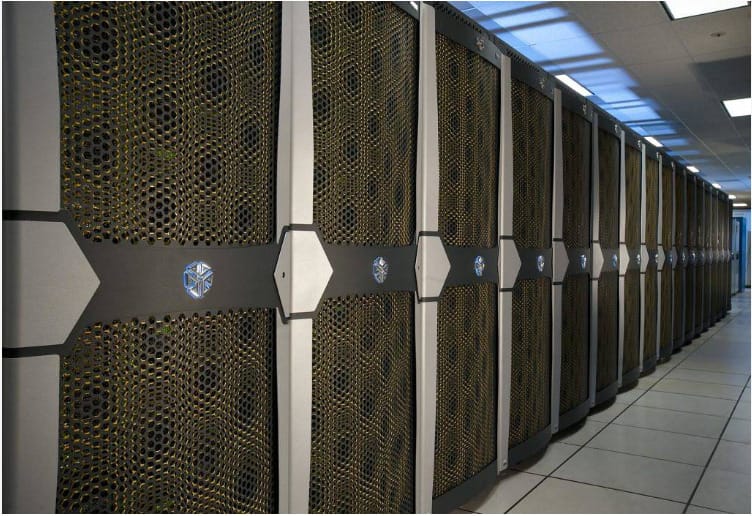A quiet but intense competition in quantum computing has produced remarkable advances, as research teams in China and the United States push the boundaries of trapped-ion quantum systems and quantum chips.
Record-Breaking Ion-Based Systems
Atom Computing has constructed the world’s largest trapped-ion quantum computer, featuring 1,125 qubits as announced in October 2023. The system marks a substantial leap in quantum computing capacity, offering enhanced stability and fault tolerance – crucial features for practical quantum computing applications.
In parallel, researchers at Tsinghua University, led by Duan Luming, achieved stable trapping and cooling of a two-dimensional crystal with 512 ions. The research has been recognized as an important advancement in the field. The team also completed a quantum calculation using 300-ion qubits, demonstrating computational abilities that exceed classical computers.
China’s Quantum Chip Development
The Center for Excellence in Quantum Information and Quantum Physics at the Chinese Academy of Sciences has developed “Xiaohong,” a 504-qubit quantum chip. This chip focuses on improving quantum computing measurement and control systems (QCMCSs).
Wang Zhen, deputy general manager of China Telecom Quantum Group, explained: “It will allow users in various fields to conduct research on problems and algorithms of practical value efficiently, and accelerate the application of quantum computing in actual scenarios.”
More Stories:
Technical Comparisons and Applications
Quantum computers differ fundamentally from classical computers through their use of qubits, which can exist in multiple states simultaneously – unlike classical bits limited to 0 or 1. This enables parallel calculations at unprecedented speeds when qubits are connected through quantum entanglement.
The QCMCSs serve as essential bridges between traditional and quantum computers, enabling:
- Interpretation of commands from classical computing environments
- Management of qubit states
- Integration of quantum systems with existing infrastructure
Industry Perspectives
Rajeeb Hazra, CEO of Quantinuum, emphasized quality over quantity in qubit development: “Our focus on quality of qubits versus quantity of qubits is changing what’s possible, and bringing us closer to the long-awaited commercialization of quantum’s applications across industries like finance, logistics, transportation, and chemistry.”
Gong Ming, a researcher at the Center for Excellence in Quantum Information and Quantum Physics, noted that Xiaohong aims to meet cloud-enabled quantum computing platform standards similar to IBM or AWS, rather than competing directly with advanced U.S. technology like IBM’s 1,121-qubit Quantum Condor chip.
Global Access and Research Opportunities
QuantumCTek and China Telecom Quantum Group are integrating the Xiaohong chip into a quantum computer that will be made available to researchers worldwide through a quantum computing cloud platform. The Atom Computing system’s applications include artificial intelligence, cryptography, and drug design, while the Xiaohong chip focuses on advancing quantum computing measurement and control systems.
Current State and Future Implications
The development of these systems indicates steady progress toward practical quantum computing applications. Liang Futian, associate professor at the Center for Excellence in Quantum Information and Quantum Physics, stated that testing kilo-qubit quantum computing measurement and control systems would “greatly influence the overall performance of quantum computers.”
While these advances show promise, the field continues to face challenges in scaling quantum systems while maintaining stability and error correction. The ongoing developments in trapped-ion systems and quantum chips represent concrete steps toward addressing these challenges.
The competition between research teams worldwide continues to drive innovation in quantum computing, with each breakthrough building upon previous achievements to move closer to practical quantum computing applications.







